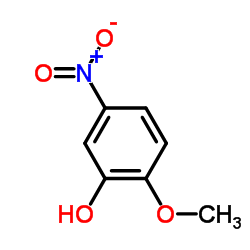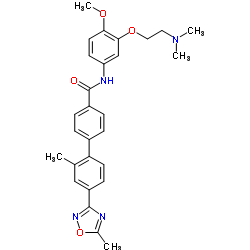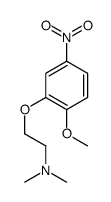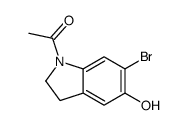|
~% |
|
~% |
|
~43% |
|
~% |
|
~30% |
|
~% |
|
~% |
|
~% |



![3-[2-(Dimethylamino)ethoxy]-4-methoxyaniline Structure](https://www.chemsrc.com/extcaspic/289/170229-68-2.png)

![[1,1'-Biphenyl]-4-carboxylic acid, 2'-Methyl-4'-(5-Methyl-1,2,4-oxadiazol-3-yl)- Structure](https://image.chemsrc.com/caspic/090/148672-68-8.png)
![Spiro[2H-furo[2,3-f]indole-3(5H),4'-piperidine], 6,7-dihydro-1'-Methyl- Structure](https://image.chemsrc.com/caspic/436/180082-56-8.png)


